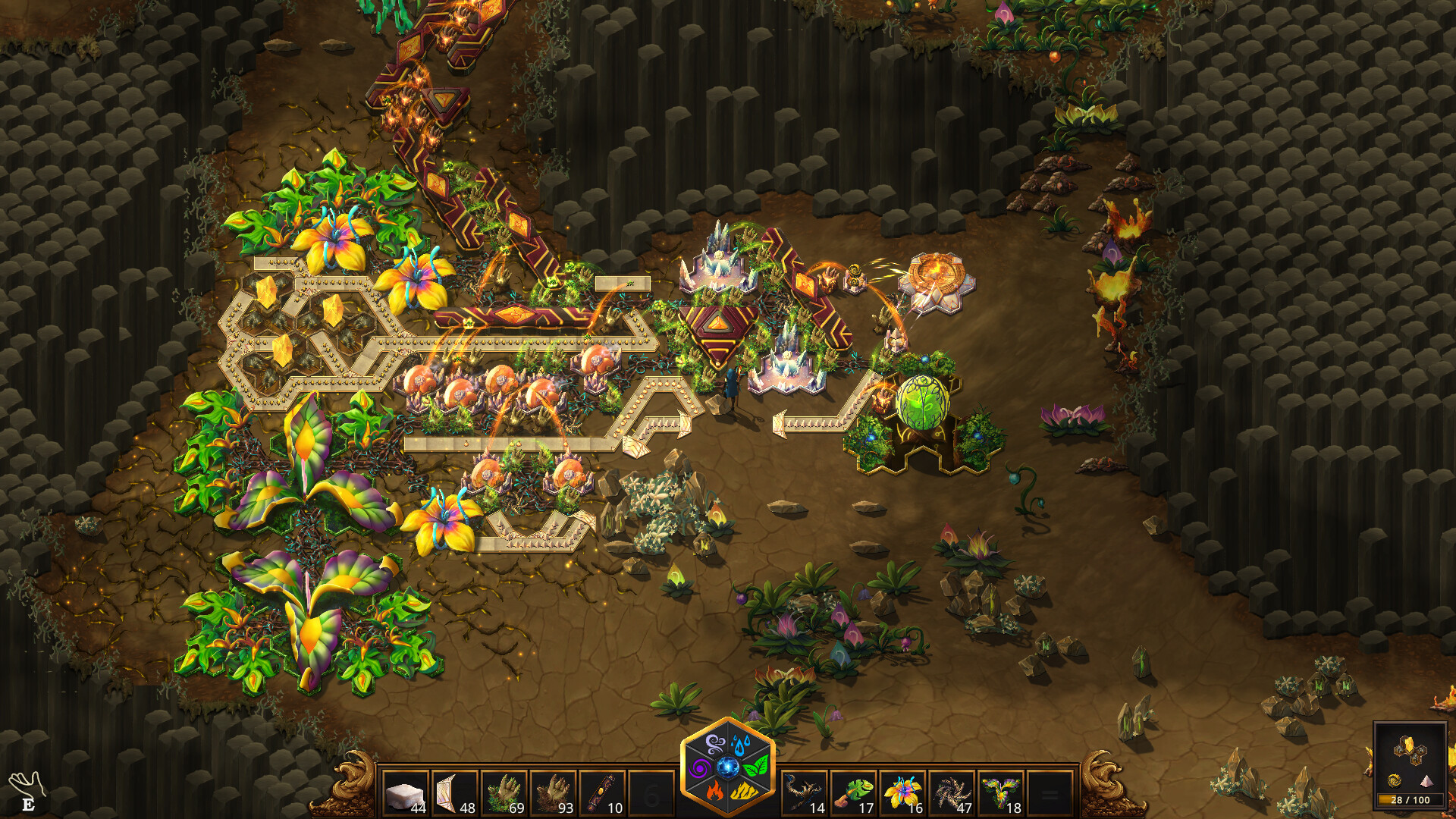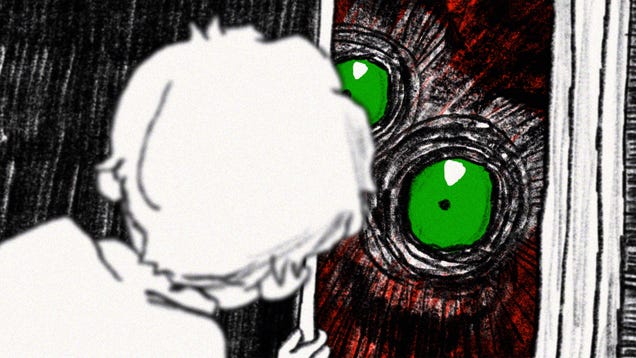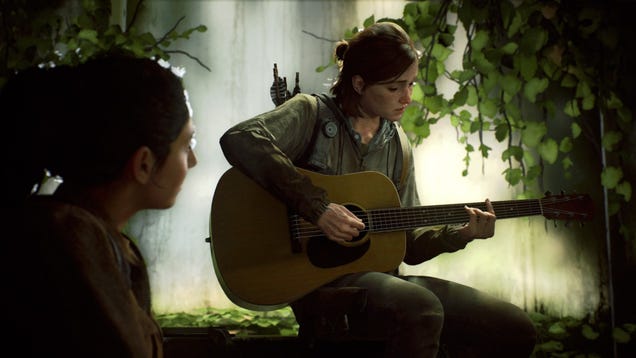
Star Wars Unlimited Card Game Review
A short time ago, in game shops that were pretty close to home, you could indulge in a clever collectible card game called Star Wars Destiny. It had a lot going for it, including a novel, fast-paced turn structure and the addition of custom dice that were put into play by matching cards. Those dice, however, were expensive to produce, and after three iterations of releases, Star Wars Destiny was banished to the Dark Side. Just like a Sith lord, however, it wouldn’t stay buried for long, and now many of its best ideas, minus the dice, are back in the form of Star Wars Unlimited.
What’s In the Box
Like most modern collectible card games, your introduction to Star Wars Unlimited is likely to be in the form of a starter box. We’ll be reviewing one such set, called Spark of Rebellion, in this overview. It comes with two decks of cards, one led by Luke Skywalker and the other by Dark Vader, each with a basic deck box to keep them organized. Also included are also two paper play mats to organize your cards and some incredibly flimsy counters to track damage and other game elements.
If you decide to expand your collection, it’ll come in the form of booster packs of random cards (see on Amazon). As you might imagine, you can also upgrade those bare-bones accessories to acrylic tokens, sturdy branded deck boxes, and neoprene play mats if you so desire. There are also matching crates and card sleeves available to keep things neat and organized.
The cartoon-style card art is likely to be divisive. There’s a distinctive style used across the range, riffing on familiar comic strips and animated shows based on the iconic films. But folk who want to focus on the movies might find it a little simplistic and child-like. While illustrations of well-known figures from the franchise are detailed and characterful, the style doesn’t work as well for vehicles, which look a little too minimalist to my eye.
Rules and How It Plays
The biggest thing that Star Wars Unlimited borrows from Star Wars Destiny is its fast-paced structure of discrete actions. In many other collectible card games, a player takes a series of actions during their turn before handing over to the other player. But here players take turns undertaking small actions like playing a card, attacking with a character, or using a card ability, before passing it back to their opponent. This makes it feel much more dynamic, and introduces elements of timing as part of the overall strategy.
Your goal is to destroy your opponent’s base, which has 30 health points. Either side of your base becomes a theater for ground or space units, as indicated on their card. Once played, units can attack targets in the equivalent theater or the base, it’s the controller’s choice, although cards with the “sentinel” keyword have to be attacked first. Attackers deal and take damage according to the stats on their cards, and if they take more damage than they have hitpoints, they’re destroyed.
It’s easy to assume that this structure would reward all-out attacks on the enemy base, and you can certainly play the game this way. Indeed, the Imperial deck in the Spark of Rebellion starter set can work with this approach, featuring lots of high-attack, low-hitpoint units. But the game rewards better timing and nuance than such a gung-ho approach. If you’re not careful, it can lead to your opponent attacking your units in favorable trade-offs that kill yours while leaving theirs alive, which will then be free to assault your base on later turns. The split between ground and space feeds into this, as you’ll need to muster units in both in order to defend effectively.
Card play is not free. Rather, you draw two cards per turn, and you’re allowed to place one card face-down as a resource. Resources can be exhausted to pay for cards. In theory this should make for some tough choices as you decide which, if any, of your precious cards you’ll be permanently sacrificing to power your resource pool, and there are times it works like this. But in practice, the need to keep increasing your pool each turn trumps any notion of keeping things back for later use. This, in turn, makes it very tempting to sacrifice powerful cards you’re several turns away from playing as resources, meaning a lot of the game action is undertaken by grunt units.
One of the reasons there’s such a driver to get your resources out at a steady pace is the notion of leader cards. Each deck has one: the starter decks in Spark of Rebellion feature Luke Skywalker and Darth Vader. Leaders sit on the battlefield from the start of the game and have an ongoing ability or action available to help your cause, but once you reach a certain resource threshold they enter play as extremely powerful characters you can attack with. If they’re defeated, they go back to their ongoing ability, but can never again take an active role in the fight.
Leaders are, by their nature, extremely swingy. They have a huge impact when they enter play, which is why you can’t slack up on the resource race and keep your cards. Darth Vader, for example, has 5 attack — 8 if he’s upgraded with his lightsaber, a separate card – and can deal an additional 2 damage to any unit. That’s a whole third of the base life total needed to win the game in a single attack. This sudden rush of offensive power can often win the game in a manner that feels random and unsatisfying. Adding to the problem, many cards in these starter decks, including said lightsaber, tie in with the leader is some way, which makes for fun combos but increases that sense of swinginess.
Outside of leader tilt, other aspects of card play and interaction are much more engaging. Card keywords, such as the aforementioned sentinel and its opposite, saboteur, which allows units to both ignore sentinel and punch through protective shields on the defender, are a big part of this, forcing you to time plays and choose targets carefully. Other cards have combo effects, like providing instant attacks, card draws or buffing friendly units. You must take care to split your ground and space forces so you’re not undefended in either theater. Upgrades are a particular pleasure: the ones included in this set, like Luke’s lightsabre, get bonuses if they’re given to the appropriate character, but it’s also fun to see some grunt rebel trooper swinging it about instead.
As fun as chaining up card combos is, with just two cards draws per turn, one of which you’ll usually want to put into resources, there’s sometimes a sense of card starvation. This is particularly acute when games turn into tit-for-tat unit tradeoffs, leaving neither side with much to take on the offense. That may, in part, be a fault of the starter decks included, which seem to have been created to deliberately play off each other’s strength and weaknesses. But it does hint at much richer deck-building possibilities to come once the card pool expands, especially if card draw effects are included. It also, counter-intuitively, increases the tension and excitement in the game as you wait to see if you can pull off a combo that’ll suddenly break the cycle and give you the edge in the arms race.






